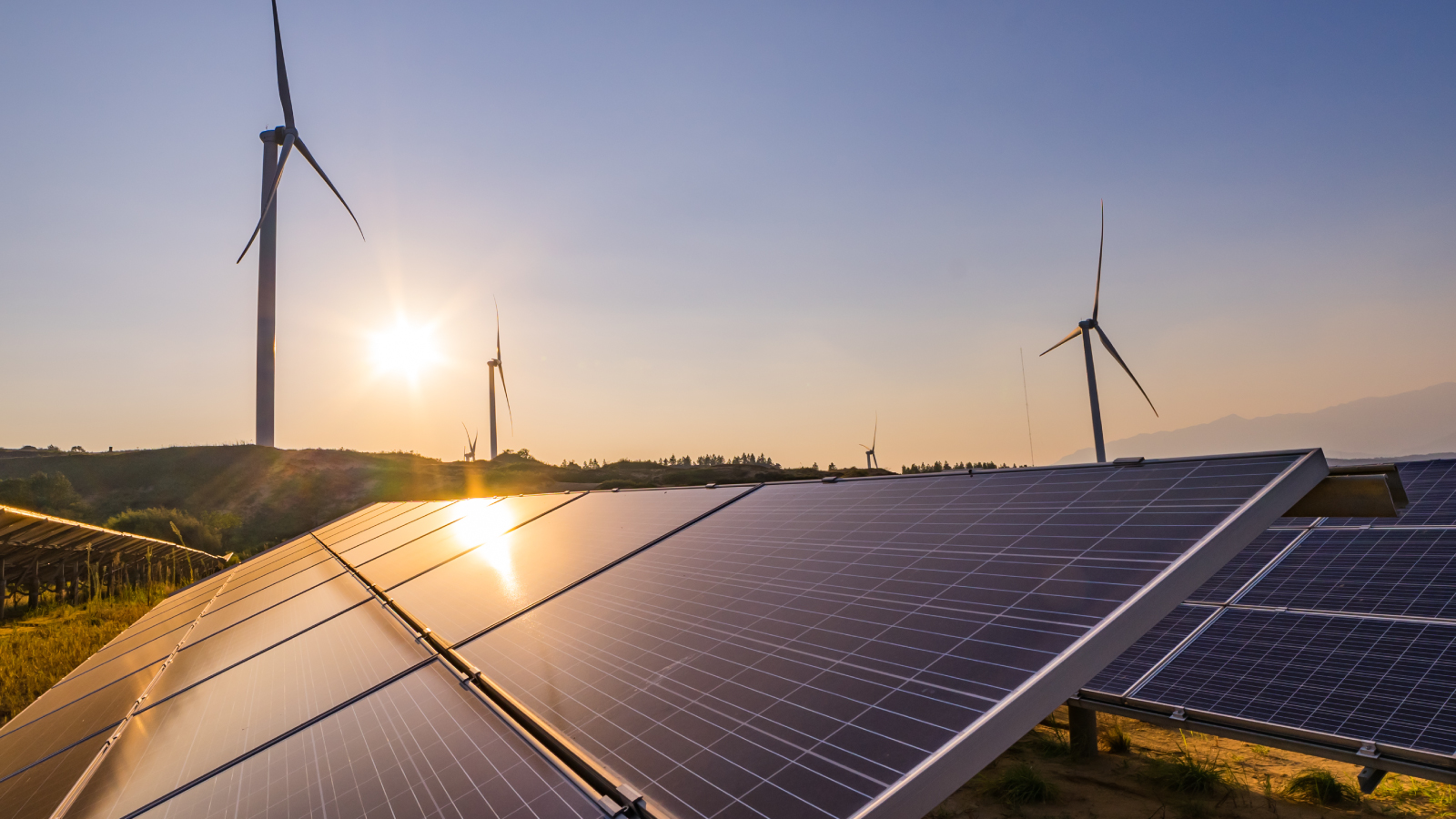To provide affordable energy to customers, this green energy company relies on accurate forecasts of gas and electricity consumption and buys energy in advance from wholesalers. Quarterly commercial forecasts couldn’t keep pace with volatile energy prices, so the company built always-on forecasting capacity with Anaplan. Now, they can adjust immediately to wholesale price changes and respond proactively to changes in customer behavior — without adding staff to the forecasting team.
We can serve our colleagues the timely information they need to make good purchasing decisions thanks to Anaplan.Head of Growth Analytics, Green Energy Utility
90x
more frequent forecasting (formerly quarterly, now daily) improves wholesale purchasing
Greater
data volumes improve forecasting granularity and accuracy
Zero
increase in forecasting team headcount helps to manage staff costs
Energy utilities face many challenges in today’s business environment, and for green energy companies those challenges are amplified. With wholesale energy prices changing rapidly, one green gas and electricity utility struggled to supply affordable, reliable, and sustainable energy to its five million residential customers.
“Energy suppliers like us face much greater risk in a volatile, high-cost energy market,” explains the company’s Head of Growth Analytics. A team analyzes customer behavior and tariff data to project future energy consumption. Finance and procurement teams then use those forecasts to drive wholesale purchasing. “If we don’t accurately forecast consumer behavior and energy usage, we may misjudge how much energy we need to buy from producers,” the Head of Growth Analytics continues. “Depending on the price on any given day, flawed forecasting could potentially increase our costs by millions of dollars.”
For years, the company created quarterly commercial forecasts using spreadsheets. “With data volumes and customer numbers growing, forecasting in this way became too complex and time-consuming,” the Head of Growth Analytics recalls. “At the same time, business leaders wanted our projections more frequently.” The only way the team could meet this demand with their existing technology approach was by hiring many more analysts.
Taking a tried and tested approach
The Growth Analytics team looked for a better alternative, and learned that a competing utility used Anaplan. They were impressed with the modular design, intuitive user interface, and the ability to run sophisticated calculations in Anaplan and signed on. “We also appreciated the range of training programs and resources Anaplan offered, such as model-building courses and certification,” the Head of Growth Analytics recalls. “We can now access a pool of certified Anaplan talent and provide analysts with a structured pathway to help them upskill.”
Keeping pace with energy prices
Since moving to Anaplan, the Growth Analytics team has increased its forecasting frequency more than 90-fold — even as they incorporated more data into the forecasts. “We’ve shifted from quarterly to always-on forecasting,” the Head of Growth Analytics explains. “As a result, we can adapt our forecasts as soon as we see significant changes in wholesale energy prices or consumer habits.”
Daily forecasts using Anaplan helped the team navigate volatile markets and drive smarter purchasing decisions while helping to control staff costs. “We’ve moved to always-on reporting without increasing headcount in our team,” the Head of Growth Analytics says, adding that this helps the company move toward net zero carbon emissions within a decade. “Forecasting with Anaplan helps us operate much more efficiently, which frees time for decarbonizing efforts and meeting our sustainability goals.”


